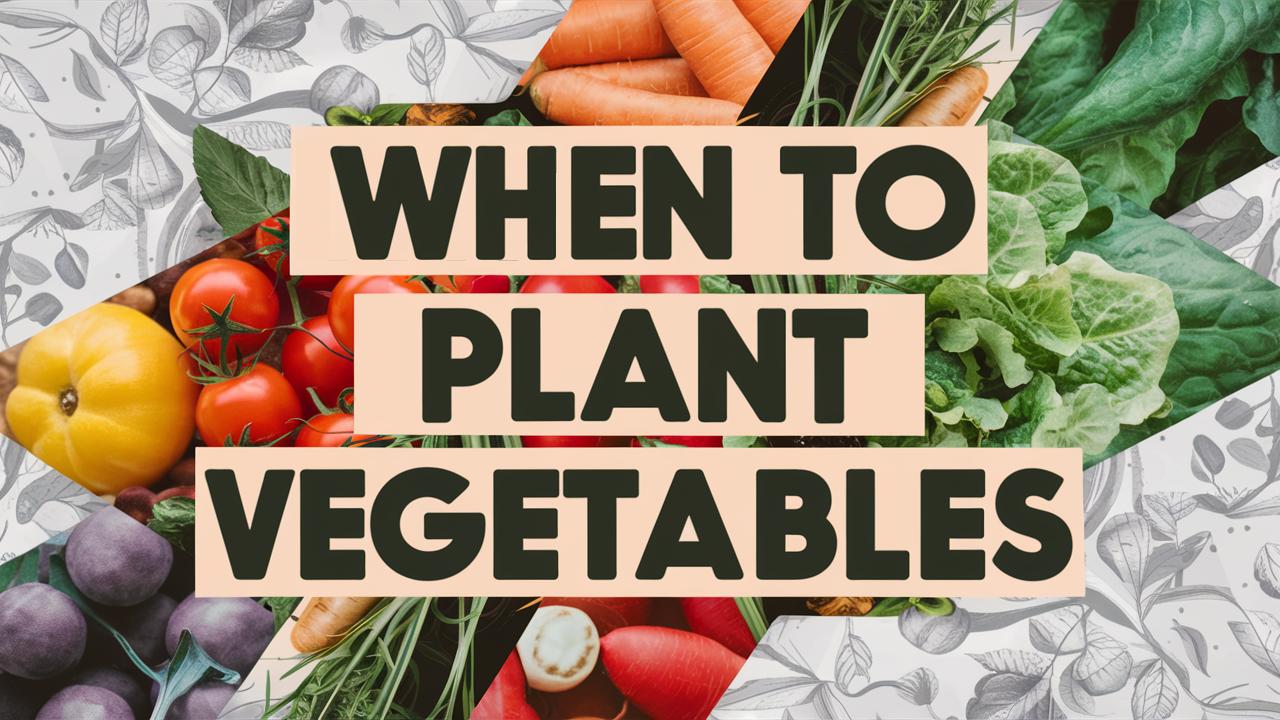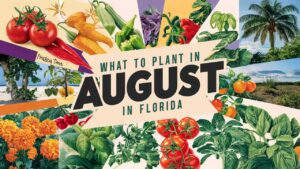In this in-depth guide, we will explore the factors that influence planting times, provide a seasonal calendar for planting, and highlight specific vegetables and their optimal planting schedules. Additionally, we’ll uncover tips for extending the growing season and troubleshooting common timing-related issues. So, whether you’re a seasoned gardener or a curious beginner, let’s dig into the delightful world of vegetable planting timelines.
Understanding Your Climate Zone
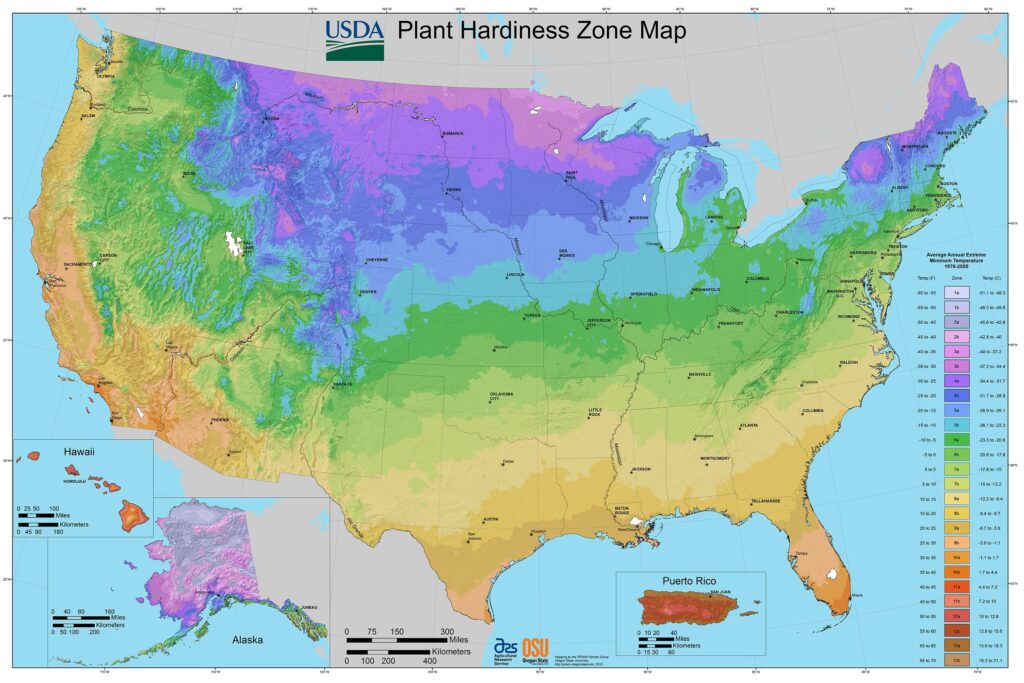
Before diving into specifics, it’s essential to understand the climate zone in which you live. This will give you crucial insights into your local growing season and help you make informed decisions about when to plant vegetables.
The USDA Plant Hardiness Zones
The United States Department of Agriculture (USDA) Plant Hardiness Zone Map divides North America into 13 zones based on average annual minimum temperature ranges. Knowing your zone will help you choose the right planting times and vegetable varieties that thrive in your specific climate.
Zones 1-3: These areas experience harsh winters and have a very short growing season. Cool-weather crops can be planted early in the spring, with options for fall planting.
Zones 4-6: These temperate zones benefit from moderate temperatures and allow for a wide range of vegetables. Many gardeners can grow both cool-season and warm-season crops.
Zones 7-9: Warmer temperate zones offer longer growing seasons, making it possible to plant more tender varieties. Succession planting can extend the harvest through fall.
Zones 10-13: These tropical and subtropical areas allow for year-round planting, but timing is essential to avoid the hottest months.
Understanding your climate zone not only aids in selecting appropriate planting times but also helps in planning for crop rotation and succession planting.
Seasonal Planting Guide: Spring, Summer, Fall, and Winter
Spring Planting: The Awakening of Growth
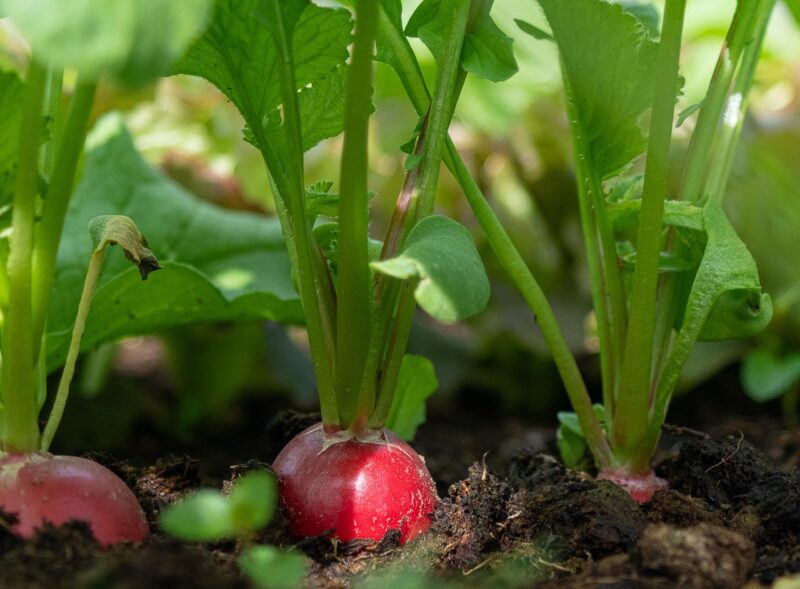
Spring is synonymous with renewal, making it the ideal time for sowing many vegetable varieties. As temperatures begin to warm and the frost risk diminishes, gardeners can start planting.
Cool-Season Vegetables
Cool-season crops, such as peas, spinach, kale, and radishes, thrive in the cooler temperatures of early spring. These vegetables can be sown directly into the ground as soon as the soil is workable—usually 2-4 weeks before the last expected frost date in your area.
Tips for Spring Planting:
Test the soil temperature: Many cool-weather seeds germinate best between 50°F and 70°F. Use a soil thermometer to check.
Succession planting: Plant your cool-season crops every few weeks to extend the harvest.
Warm-Season Vegetables
Once the soil temperature consistently rises above 60°F, it’s time to transition to warm-season crops like tomatoes, peppers, and zucchini. These crops can be directly seeded outdoors, or started indoors 6-8 weeks before the last frost for an earlier harvest.
Summer Planting: The Season of Abundance
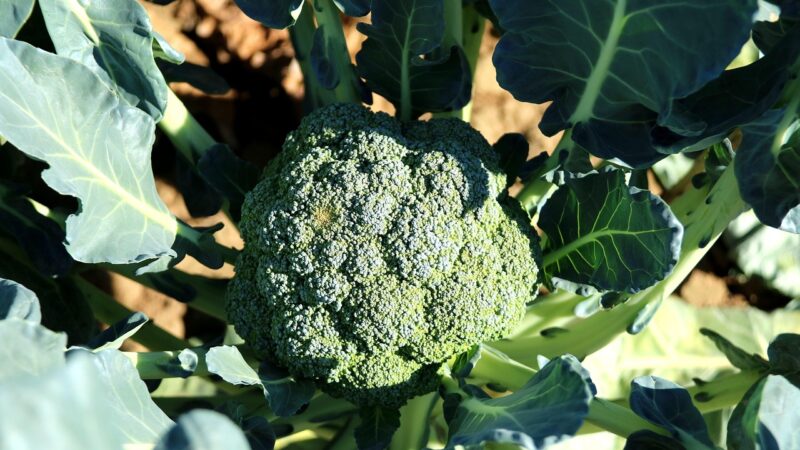
Summer is a time of great productivity in the vegetable garden. However, it also begs the question—what can be planted during those hot months?
Late Planting for Fall Harvest
In early summer, it’s still possible to plant fast-maturing crops like bush beans, beets, and turnips. By midsummer, you can prepare for a fall harvest with crops such as:
Broccoli and Cauliflower: Start these from transplants in mid-summer for a late-season harvest.
Carrots and Beets: These root vegetables can be seeded directly into well-tended soil by mid-July.
Companion Planting and Crop Rotation
Summer is also an excellent time for interplanting, a gardening technique where you plant compatible crops together to maximize space and yield. For instance, planting fast-growing radishes between slow-growing carrots can optimize your garden’s productivity.
Fall Planting: Final Fling Before Winter
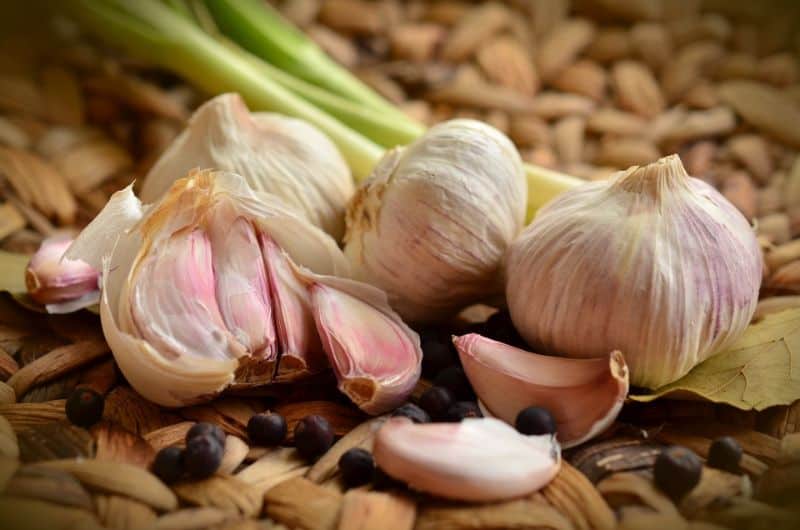
Fall presents a tantalizing opportunity—though many vegetables may have completed their growth cycle, this season also allows for certain crops to be planted for a late harvest or overwintering.
Cool-Season Crops
Many cool-season crops can flourish into the fall. By late summer, you can sow crops like:
Garlic: Planting garlic in October allows for robust growth before winter dormancy, leading to a strong harvest the following summer.
Winter Greens: Spinach and certain kale varieties can survive frost and even improve in flavor after exposure to cold temperatures.
Extending the Growing Season
Consider using row covers or cold frames to protect your fall crops from frost. This not only prolongs the growing season but can also help maintain soil moisture and temperature.
Winter Planting: The Challenge and Opportunity
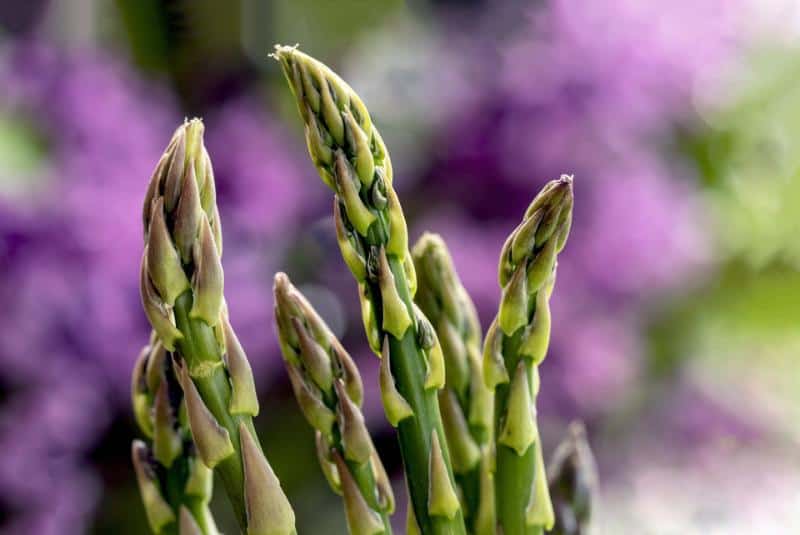
While winter may seem uninviting for vegetable planting, some strategies can allow for growing during the colder months.
Overwintering Crops
Certain hardy vegetables can be sown in late fall to overwinter. For instance:
Broad Beans: These can be planted in late autumn, allowing them to sprout early in spring.
Perennial Vegetables: Asparagus and rhubarb can be established during cooler months, ensuring a head start as spring returns.
Indoor Gardening
Several vegetable varieties can be grown indoors. Consider herbs, microgreens, and even dwarf varieties of certain vegetables, allowing you to keep gardening alive despite external conditions.
Tips for Timing Your Plantings

Monitoring Soil Temperature and Moisture
As mentioned earlier, soil temperature is critical when deciding when to plant vegetables. Using a soil thermometer helps you gauge the appropriate temperature for different seeds. Moreover, always check the moisture levels before planting to ensure conditions are suitable for germination.
Using Seed Packings as Guidelines
Seed packets often provide vital information regarding planting depth, spacing, and timing relative to your area’s average last frost date. While these guidelines can be incredibly useful, always consider your unique microclimate.
Understanding Frost Dates
Knowing your local frost date can help you plan effectively. To find your average last frost date in spring and first frost date in fall, consult local agricultural extensions or online gardening resources dedicated to your region.
Succession Planting: The Secret to Continuous Harvest
Don’t forget about succession planting! By staggering your planting dates for certain crops, you can enjoy a continuous harvest throughout the growing season. This not only increases the yield but also keeps your garden fresh and productive.
Troubleshooting Common Timing Issues
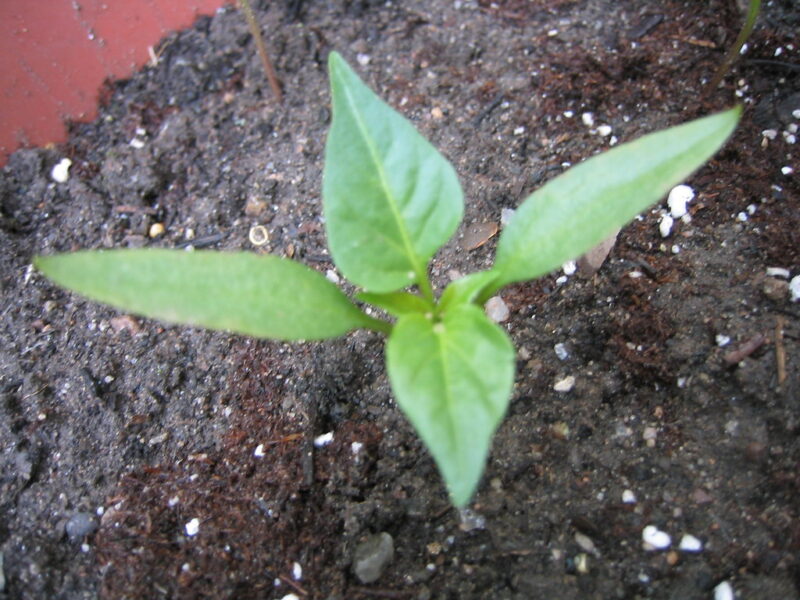
Even seasoned gardeners encounter timing challenges now and then. It’s essential to know how to troubleshoot potential problems.
Delayed Germination
If seeds aren’t germinating as expected, consider these factors:
Temperature: Is the soil warm enough for the seeds you planted?
Moisture: Have you maintained consistent moisture levels?
Seed Viability: Are your seeds old or improperly stored?
Unanticipated Frosts
Late frosts can damage tender seedlings. Prepare by having floating row covers, cloches, or old sheets on hand to protect vulnerable crops during unexpected cold snaps.
Overplanting
Be mindful of how much you plant. Overplanting can lead to competition for nutrients and space, resulting in reduced growth and yield. Research each crop’s spacing requirements before sowing.
Conclusion: Embrace the Seasonal Rhythm of Vegetable Gardening
Understanding the best times to plant vegetables is intrinsic to enjoying a fruitful garden. The nuances of climate zones, soil temperature, moisture levels, and succession planting all contribute to a successful garden year after year.


